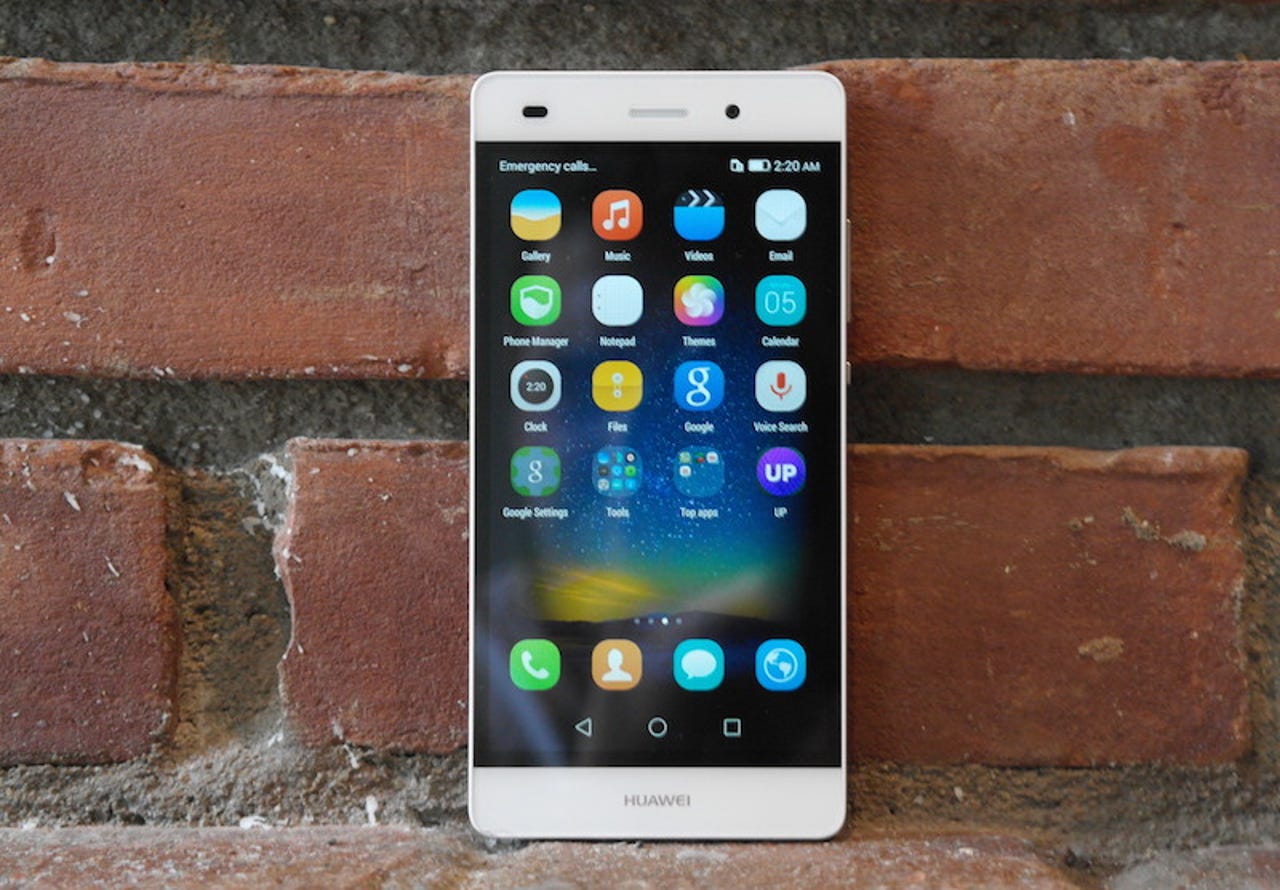In a post-Snowden world, can Huawei's P8 Lite smartphone win back US consumers?

NEW YORK -- Huawei may not have many friends in Congress, but it's still asking Americans to love it again.
On Wednesday, the China-based network equipment giant announced its latest effort to win the hearts and minds of US smartphone buyers. Huawei's strategy aims to undercut its rivals by making what it says is its most accessible device.
- More from CNET Reviews: Huawei P8 Lite | Huawei TalkBand B2 fitness tracker | CNET Video: Huawei P8 Lite wants to be your smartphone steal | ZDNet:Huawei's TalkBand B2 may shine light on Jawbone's way forward
Meet the Huawei P8 Lite. It's unlocked and available on any US network, and comes with a sub-$250 price tag. And the hardware itself isn't half bad, either.
Huawei
The 1.5Ghz Snapdragon 615 octa-core smartphone comes with a 5-inch display with a high-definition 720p resolution, a 13-megapixel rear-facing camera (and 5-megapixels in the front), and high-speed LTE connectivity. It also comes with a microSD port for additional storage of up to 32GB.
As for size, it's thin at just 7.7 millimeters, and it's remarkably light at just 4.6 ounces.
And, to mix things up, it comes with dual-SIM support, allowing users to switch between one or more carriers -- handy for frequent international travelers, or those wanting to save a few bucks when roaming at home.
What's not to love?
There's still that matter of trust to overcome, whether or not you believe reports from the not-so-distant past.
Huawei's had a speckled history in the US, a market it desperately wants to crack. Allegations from lawmakers that the company has been in cahoots with the Chinese government have stuck and not gone away, despite numerous attempts by executives to alleviate their concerns.
Hands-on with Huawei's P8 Lite smartphone: in pictures
It all stems from a US House Intelligence Committee report in late 2012, in which lawmakers said the company, which also makes networking equipment such as routers and switches, should not be trusted. Their concern was that the company was installing backdoors into its technology at the behest of the Chinese government. That would give the country a better chance to spy on the US, the country's greatest "frenemy" on the world stage.
There was no direct evidence publicly disclosed that showed the company was spying for Beijing. But you'd think high-ranking congresspeople briefed by the intelligence agencies behind closed doors surely couldn't be wrong. Where there's smoke, there's fire.
Featured
Ironically, it would be two years later that documents leaked by whistleblower Edward Snowden showed the US National Security Agency had breached Huawei's networks, citing the company as a security threat. The operation, known as "Shotgiant," was detailed in a 2010-dated document which showed how the agency sought to discover links between Huawei and the Chinese army.
What happened between then and the Congressional report two years later remains unknown. Did the NSA find something that sparked lawmakers to speak out? And did it spread beyond networking gear to consumer phones?
Until there's a substantive report released, the accusations amount to hearsay and speculation. Huawei has issued denial after denial. What now remains is whether or not Huawei can repair its tarnished reputation by thriving as a consumer device maker. The alternative is that the company bleeds out due to shrapnel from previous attacks.
Lawmakers have had their say. It's now up to the US consumer powerhouse to decide whether or not Huawei has a place in the tech circle of trust.
